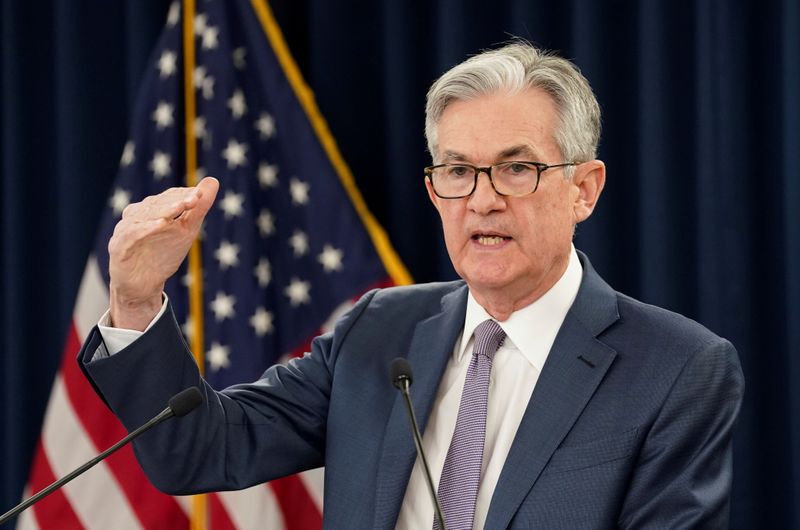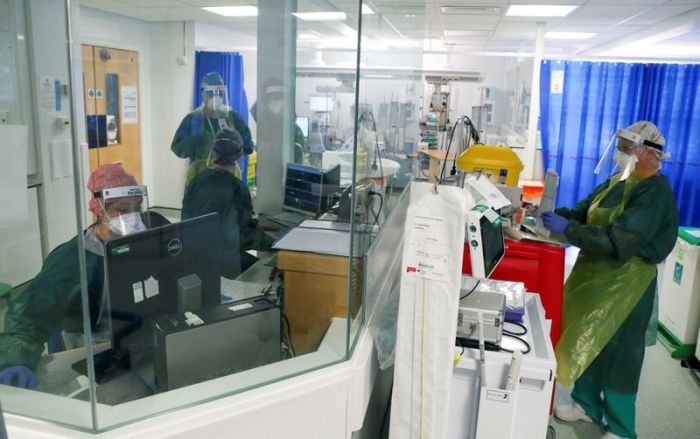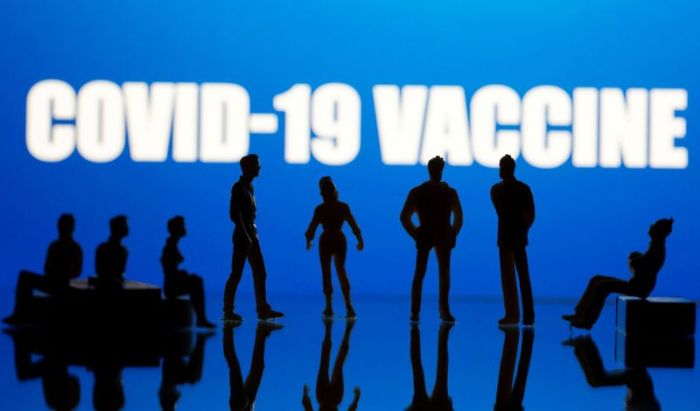(Reuters) – The way Federal Reserve Chair Jerome Powell sees it, the U.S. labor market has a long way to go to meet the central bank’s maximum employment goal and a lot of boxes to tick along the way.
In his most extensive effort to explain how the Fed will measure progress toward a goal prioritized last month under the Fed’s new framework, Powell was clear on Wednesday that he and other policymakers were not focused on any single number, such as the unemployment rate.
“Maximum employment is not something that can be reduced to a number the way inflation can,” Powell told a news conference after the Fed announced its commitment to keep interest rates low until they are convinced of the job market’s strength and that inflation is on track to run above the Fed’s 2% goal for some time.
“It’s a range of factors,” he said. “We’re not looking at a rule. We’re looking at a judgmental assessment.”
When asked if the Fed would like to return to the unemployment rate seen earlier this year, Powell said the Fed is not targeting a specific rate, but pointed out “there was a lot to like about a 3.5% unemployment rate.”
But Powell laid out a menu of factors – including wage growth, workforce participation and disparities in minority joblessness relative to whites – that must be satisfied before the Fed would view the economy at maximum employment, and thus even consider raising interest rates.
“We would like to get back to a strong labor market where wages are moving up, where people can find work, where labor force participation is holding up nicely,” Powell said. “That’s what we’d really love to get back to.”
But the Fed chief also said the central bank was limited in how much it could do to help close some of those gaps, suggesting it may be up to Congress to roll out policies that can help disadvantaged workers land jobs or help to address income inequality.
Indeed, racial disparities persisted before the pandemic, even while those metrics were improving and pointing to a more inclusive workforce. For instance, as the overall unemployment rate first reached a record low of 3.5% in September 2019, the Black unemployment rate was still about twice as high as the white unemployment rate, a ratio that has persisted since the Labor Department began breaking out the Black unemployment rate in 1972.
Another metric to watch will be the labor force participation rate, which increased slightly last year as more women entered the labor force. Labor force participation has started to recover after hitting a crisis low in April, but the gains have been slightly stronger for men than for women.
Some labor market analysts note that women are more likely to take a career hit when they face challenges accessing child care. They question whether more women may drop out of the labor force during the crisis, suggesting the economy may take longer to return to prior levels of participation.
Nonetheless, the labor market is starting to improve, as seen by the drop in the unemployment rate to 8.4% from a coronavirus pandemic high of 14.7%, Powell said. The number of Americans filing initial claims for unemployment benefits also dropped from very high levels at the height of the crisis, he pointed out.
Yet the number of people seeking jobless benefits for the first time each week is still about five times as high as it was before the pandemic, Powell said. It totaled a seasonally adjusted 860,000 for the week ended Sept. 12.
“The overall picture is clear,” Powell said
“And that’s that the labor market has been recovering but that it’s a long way, a long way from maximum employment,” he said.
(Reporting by Jonnelle Marte; Editing by Dan Burns, Peter Cooney and David Gregorio)


















